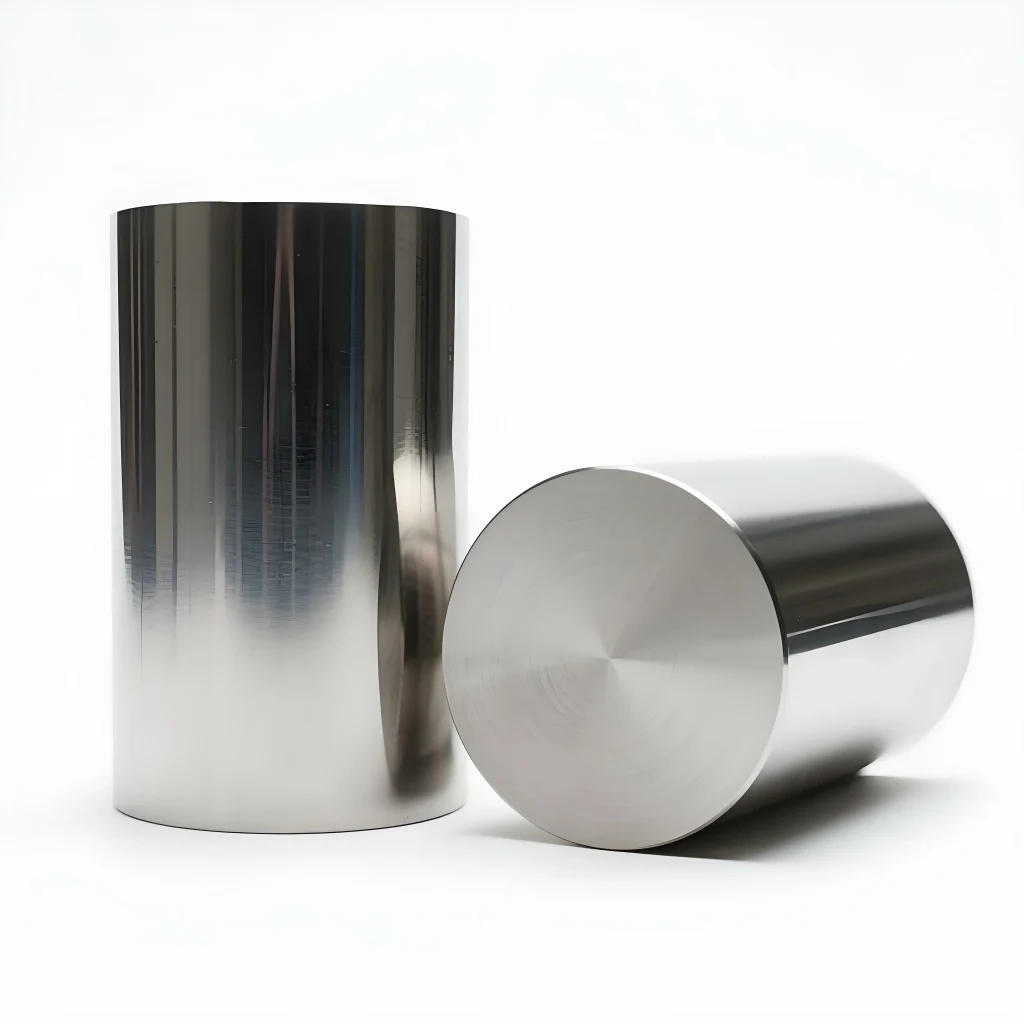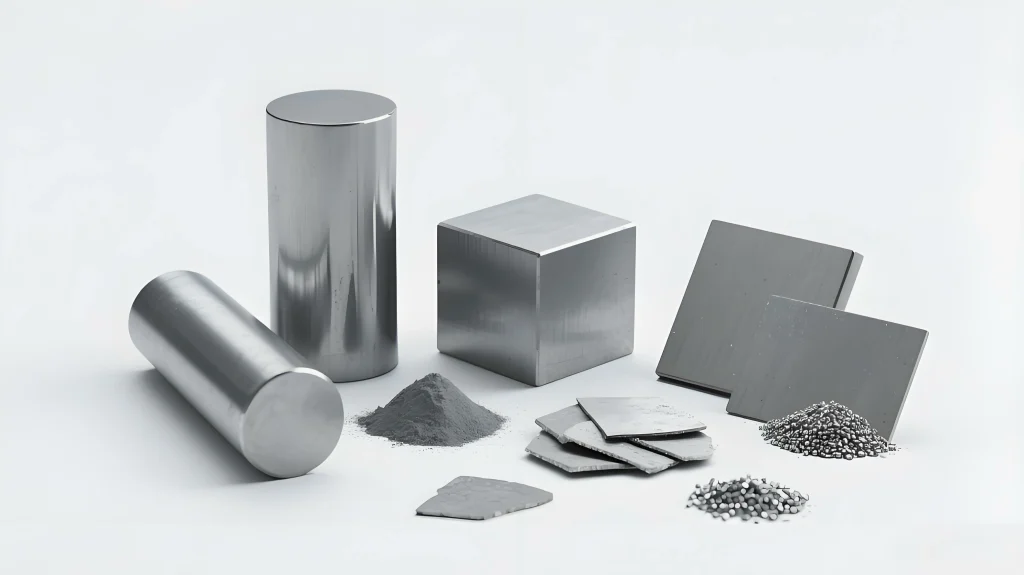Cobalt Investment Castings: A Complete Guide to Alloys, Processes, and Applications
1.Unlocking Superior Performance with Cast Cobalt Alloys
In industries where component failure is not an option, standard metals often fall short. When faced with extreme heat, aggressive corrosion, and intense wear, engineers and designers turn to a superior solution: cobalt investment castings. Cast cobalt alloys are renowned for their ability to form a passivating oxide film, providing exceptional protection against oxidation and degradation. The investment casting process, also known as the lost wax investment casting method, is the ideal manufacturing technique for these superalloys, enabling the creation of complex, near-net-shape parts with outstanding mechanical properties.
This casting investment delivers unparalleled corrosion, heat, and wear resistance, making it essential for critical industries, including aerospace, medical, automotive, and military applications where high strength and longevity are paramount. While stainless steel investment casting (using 300 series or 400 series stainless) is suitable for many jobs, cobalt is the definitive choice for the most demanding environments.
At Welleshaft, we are a leading manufacturer of investment castings, partnering with you to produce custom investment cast parts from cobalt that meet your exact project specifications.
2.The Cobalt Investment Casting Process: Precision in Every Step
What is an investment casting? It is a precision metal casting technique valued for its ability to produce intricate components with excellent surface finishes and tight dimensional tolerances. The investment casting procedure for cobalt alloys follows these key stages:
- Tooling and Wax Pattern Creation: The process begins by designing and manufacturing a precision mold or “tool.” Hot investment casting wax is injected into this tool to create an exact replica of the final part.
- Pattern Assembly:Multiple wax patterns are attached to a central wax sprue, creating a “casting tree.” This allows for the simultaneous casting of many parts, making it efficient for both low and high-volume production.
- Investment Mold Casting Process: The wax tree is dipped into a ceramic slurry and coated with sand multiple times, building a robust ceramic shell around the wax patterns. This is the “investment.”
- Dewaxing and Burnout: The ceramic shell is placed in an autoclave or furnace, where the wax melts out, leaving a hollow cavity that is a perfect negative of the parts. The shell is then fired to cure it and remove any residual wax.
- Pouring Molten Cobalt:The specified cobalt and cobalt alloys are melted at extreme temperatures and poured into the preheated ceramic shell.
- Cooling and Shell Removal:Once the metal solidifies, the ceramic shell is broken away, revealing the cast metal parts.
- Finishing and Quality Control: The parts are cut from the tree, and finishing operations like grinding, sandblasting, and machining are performed. Rigorous casting quality inspection, including non-destructive testing (NDT),ensures every part meets stringent standards.

3.High-Performance Cobalt Investment Casting Alloys
Welleshaft is an expert investment casting foundry with the capability to pour a wide range of casting alloys. We provide numerous investment casting materials, and if you don’t see your required specification below, please contact our engineering team. We can pour any “air-melted” cobalt alloy for your project.
Here are some of the most common cobalt alloys we work with:
| Alloy Grade & Type | AMS Specification | Key Characteristics & Properties | Common Applications |
| Cobalt Alloy 6 | AMS 5387 | Most versatile and widely used cobalt alloy. Excellent resistance to general wear, galling, and chemical corrosion across a wide temperature range. Maintains hardness up to 900°F (482°C). | Valve parts, pump components, food processing equipment, aerospace castings for low-load wear surfaces. |
| Cobalt Alloy 3 | N/A | High carbon content provides superior resistance to low-stress abrasion and erosion. Less resistant to impact than Alloy 6. | Screw conveyors, furnace components, cement and concrete machinery. |
| Cobalt Alloy 21 | AMS 5385 | Lower ductility but possesses outstanding resistance to both thermal and mechanical shock. Excellent for high-temperature applications. | Aerospace casting for jet engine components, gas turbine parts like airfoil castings, hot-die punches. |
| Cobalt Alloy 31 | AMS 5382 | Features exceptional high-temperature tensile and creep properties. Highly resistant to wear in metal-on-metal applications. | High-temperature bearings, jet engine vanes and blades, automotive castings for turbocharger components. |
4.Critical Applications for Cobalt Investment Castings
Welleshaft produces cobalt-based investment castings for customers in industries where part failure leads to high maintenance costs and costly downtime. The unique properties of these alloys make them indispensable in numerous sectors.
1.Aerospace and Defense Castings
The aerospace industry relies on materials that perform under extreme stress and temperatures. Aerospace investment casting using cobalt is critical for:
- Jet engine turbines: For components like blades and vanes that require high creep resistance.
- Airfoil castings:Creating complex, aerodynamic shapes with precision.
- Military and Defense applications:Manufacturing durable components for vehicles and hardware that must operate in harsh conditions (defense castings).
2.Medical Investment Castings
In the medical field, biocompatibility and wear resistance are crucial. Cobalt chrome casting is the gold standard for orthopedic implants, such as hip and knee replacements, because they do not wear down or corrode inside the body. The strength and lubricity of cobalt alloys are also vital in high-friction bearing environments.
3.Automotive, Energy, and Industrial Machinery
In high-performance automotive castings, such as turbocharger turbines, cobalt alloys provide the necessary thermal fatigue resistance. They are also used for valve casting, pump components, and parts for construction machinery investment cast components that face severe wear and corrosive fluids.
5.The Welleshaft Advantage: Your Partner in Precision Casting
With of combined experience, our team has the expertise to deliver investment casting components with complex geometries and tight dimensional tolerances. Choosing Welleshaft as your investment casting supplier provides a true competitive advantage.
1.Engineering-Centric with In-House Tooling
Our engineering-first approach sets us apart. Our in-house tool and die shop allows us to manufacture casting tooling that perfectly matches your design specifications. This vertical integration means we consistently produce custom investment cast parts with levels of perpendicularity, flatness, and parallelism that other investment casting companies cannot achieve.
2.Comprehensive Material Expertise
While we specialize in cobalt, our capabilities extend across a vast range of materials. We are a premier metal casting service for:
- Stainless Steel Investment Casting:Including austenitic grades (300 series stainless steel) and martensitic grades (400 series stainless steel, like 420 ss and cres 440c stainless steel).
- Aluminum Investment Casting: Pouring lightweight alloys like A356 investment casting for various applications.
- Alloy Steel Investment Castings:For parts requiring high tensile strength.
- Ductile Iron Castings:Offering excellent strength and machinability.
- Nickel Alloy Casting and Brass/Bronze Investment Casting.
3.Casting Quality Control
Welleshaft is a one-stop shop for finished, complete-to-print investment castings. Our in-house CNC machining capabilities save our customers time and money. Our commitment to casting quality is absolute, backed by rigorous testing and a certified non-destructive testing lab. We ensure every cast metal part we produce meets or exceeds the highest industry standards.

6.People Also Ask (FAQ)
-
What is the difference between cobalt casting and stainless steel casting?
While both are corrosion-resistant, cobalt alloys offer significantly higher wear and heat resistance. Casting stainless steel is excellent for general-purpose applications, but for high-temperature environments (like turbines) or high-wear applications (like medical implants), cobalt is the superior material.
-
What are the main benefits of investment casting vs. sand casting?
The primary benefits of investment casting over sand casting include the ability to create much more complex parts with finer detail, smoother surface finishes, and tighter dimensional tolerances, often eliminating the need for extensive secondary machining. Learn more about the href blog investment-casting-vs-sand-casting differences between investment-casting-vs-sand-casting on our blog.
-
Are cobalt alloys magnetic?
It depends on the specific alloy and its crystalline structure. Many common cobalt-based superalloys, especially those used in high-temperature applications, are non-magnetic or have very low magnetic permeability.
-
What does AMS 5387 signify?
AMS 5387 is an Aerospace Material Specification for Cobalt Alloy 6 (Co-Cr-W-Ni alloy). This standard dictates the chemical composition, heat treatment, and mechanical properties required for castings used in aerospace and other high-reliability applications, ensuring consistent quality and performance.
7.Let’s Get Started
Welleshaft is dedicated to being the best casting supplier for your needs, delivering reliable investment cast parts from high-quality metals. With top-tier casting quality control, testing, and inspection standards, Welleshaft is a trusted source for premium investment casting services.

